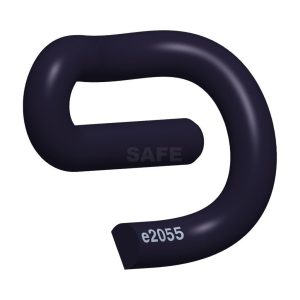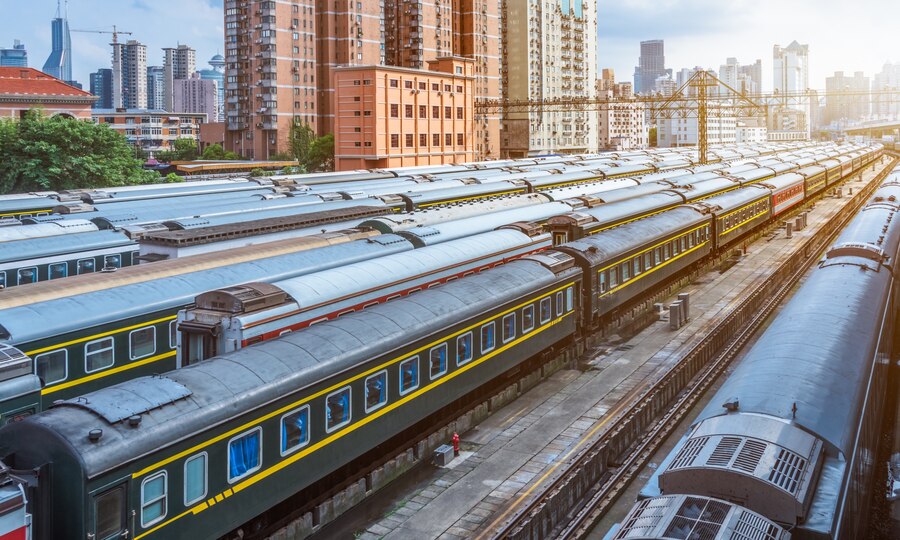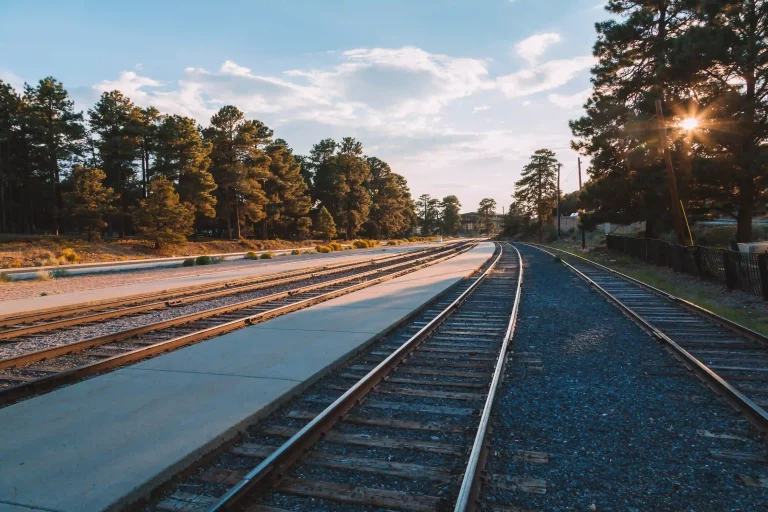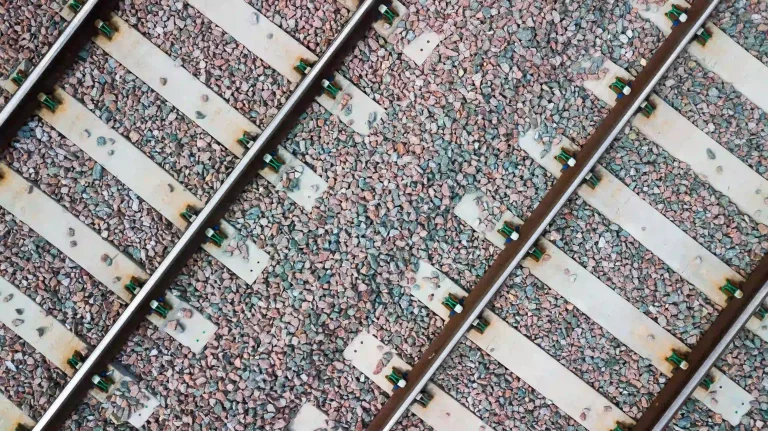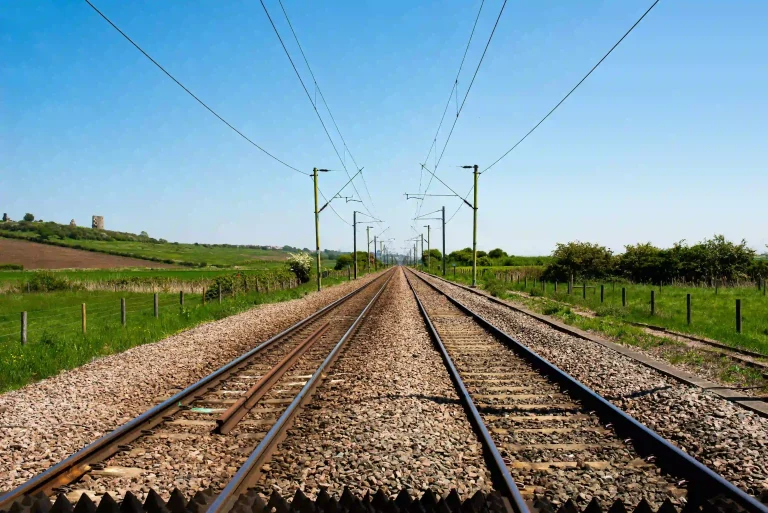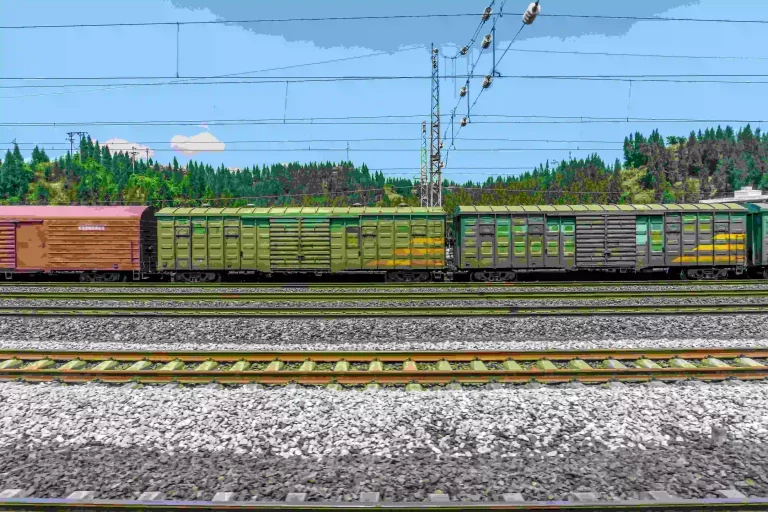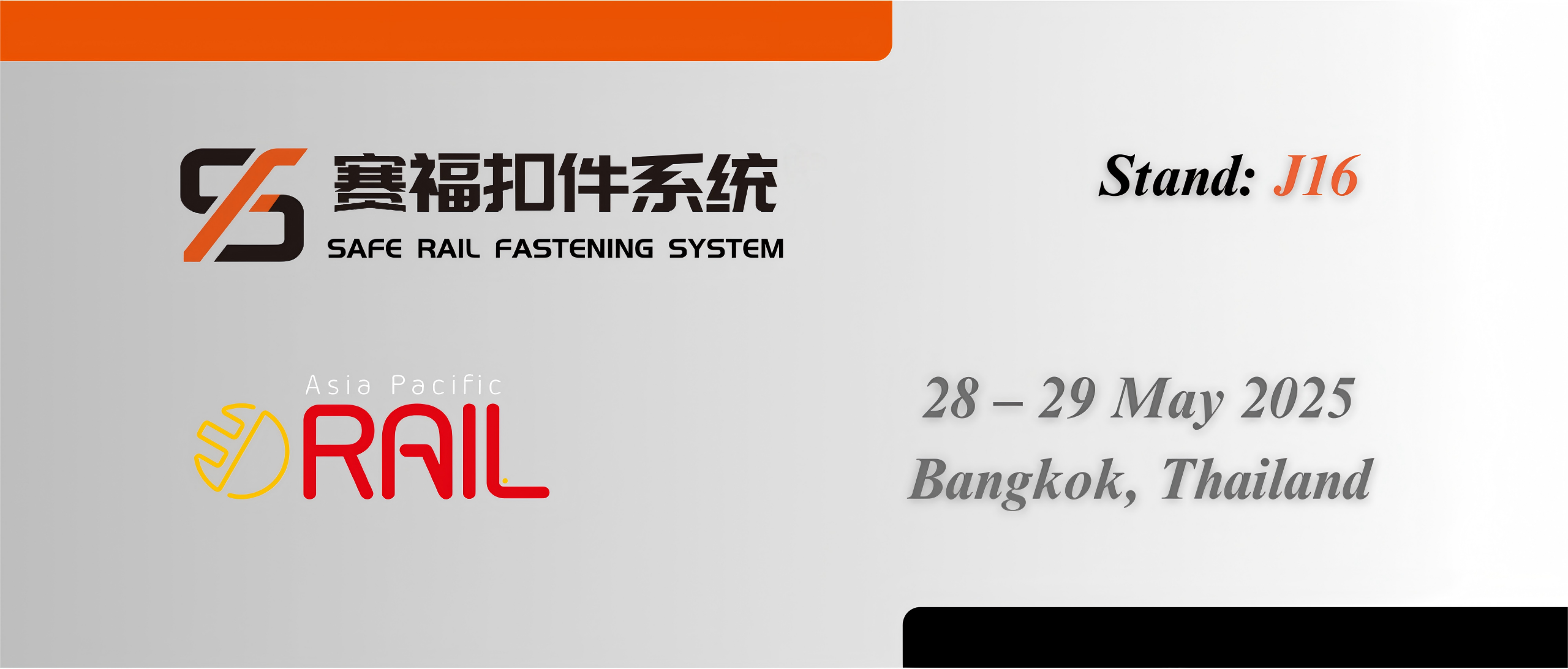They are essential for railway stability and safety. This critical piece holds track pieces in place so they do not move, which can cause a derailment or other major event. E-clips are existing grip little and support align elements tracks produce portion over every well-designed 00s. This underlines the importance of e-clips knowledge for individuals responsible for maintaining and managing railways.
Understanding the Role of E-Clips in Railway Systems
Importance of E-Clips in Track Stability
E-clips are fairly small and inconspicuous, but quite important in their own right as they affect the level of track stability. They provide the grip needed to hold track fasteners as well as rails in place, which is essential for the smooth operation of trains. Performance failures in e-clips can contribute to excess vibration, rail misalignment, or even catastrophic failures. It is this reason which means that monitoring conditions and understanding how e-clips function, are important for keeping the railway safe.
Common Types of E-Clips Used in Modern Railways
Given the diverse requirements of rail systems, multiple variations of e-clips are utilized in contemporary railways. Each of the common e-clip types, including lightweight e-clips, regular duty e-clips, and heavy-duty e-clips (for some loads and environmental conditions) To ensure that an e-clip will last under the correct application it is selected for, which contributes to its longevity and effectiveness.
Regular Inspection and Assessment Practices
Inspecting e-clips regularly will help you identify the problems before they become a big issue. This preventative measure keeps rail operatives safe and railway infrastructure alive for the long term. Such a proactive approach guarantees safe rail operations and an extended lifecycle of the railway infrastructure.
Scheduling Routine Inspections
Having a regular inspection schedule to check e-clips is one of the most important preventative services. Through these inspections, rail alignment shifts and wear that calls for replacement or repair can be spotted. Including these assessments in normal railway maintenance routines guarantees improved safety and performance.
Identifying Signs of Wear and Tear
So, to maintain them effectively, it is advantageous to know how to recognize and determine when e-clips are worn out or damaged. A visual inspection might reveal deformation, corrosion, or unusual positioning known as systems indications of an immediate need for action. Dealing with these warning signs early will help prevent additional deterioration as well as increase the safety of your vehicle.
Utilizing SAFE Products for Accurate Assessment
It is a completely thorough and accurate way of inspecting e-clips when integrating SAFE products into your inspection regimen. Introducing SAFE: Advanced e-clip evaluation tools for the Railway industry These are commercial & professional products that can assist you in streamlining your routine inspections and maintaining high safety compliance.
Proper Cleaning and Lubrication Techniques
For optimal performance, proper cleaning and lubrication of e-clips are essential. This not only extends the life of e-clips but also improves their efficiency in securing track components.
Recommended Cleaning Materials and Methods
Selecting proper cleaning supplies is the most important method of protecting e-clip quality. For maintaining these optics, non-corrosive solvents, soft brushes, and lint-free cloths are among the most commonly suggested materials. Cleaning your e-clips regularly will keep the grime, debris, and corrosion away so they work properly. Moreover, a regular cleaning routine is a way of taking preemptive action to avoid build-up that affects performance.
The Role of Lubrication in Maintaining E-Clips
Lubrication helps prevent friction between e-clips by reducing contact. Appropriate lubrication methods can make e-clips perform smoothly to reduce abrasion and extend the life of elf-constrained. So the quality and compatibility of lubricants should conform to the above-mentioned conditions thus apply high-quality lubricants, that are designed for the rail environment. Use of quality lubricants that are designed as railroad-specific to ensure compatibility and effectiveness
Preventive Measures Against Corrosion
Imported e-clips must survive adverse environmental conditions and are therefore prone to oxidation. Preventive measures such as regular inspections, cleaning, and use of corrosion-resistant materials are necessary to avoid it. The application of such protective layers also helps prevent potential damage to e-clips. SAFE corrosion protection products have the potential to extend the life of your e-clips while providing superior performance under all conditions.
Answer: Overall maintenance of e-clips is essential for safe and efficient railways of the future. You maintain a smooth and safe operation for your railway systems with regular inspection practices, proper cleaning and lubrication techniques, and advanced products like SAFE. These important tips can help you prioritize your e-clip maintenance, thus helping ensure the safety of everyone relying on a high-quality railway infrastructure.
Ensuring Correct Installation and Replacement
E-clips must be well ordered and replaced in due time to prevent the collapse or malfunction of rail lines. By following the best practices to be considered during the installation stage and knowing when to replace worn-out parts, rail maintenance teams can reduce risks and improve operational efficiency. Following installation best practices and understanding when to replace worn components are key ways in which rail maintenance teams can increase both safety and speed of operation.
Best Practices for Installing New E-Clips
E-clips are one of those parts that require a methodical installation process to ensure they are seated correctly for optimal performance. Start by checking the area for debris or residuals that could prevent the installation of new e-clips. Before snapping the e-clips into place, make sure the track elements are lined up correctly. After installation, it is wise to make a trial run, and that there are no alignment or vibration issues. This helps to ensure that the installation has been performed correctly which allows for ensuring the rails remain stable.
When to Replace Worn-Out E-Clips
Understanding when to replace an old, worn-down e-clip is essential so you can avoid a derailment. Develop e-clip condition inspection schedules. If visual damage, such as distortion or rust, is observed then it is best to replace it immediately to avoid any hazardous occurences. As a further note, at the same time when e-clips encounter extreme weather or service and experience substantial stresses, they should be replaced. This constant monitoring prevents unexpected failures from occurring and significantly increases the general lifetime of railway elements.
Benefits of Using SAFE’s High-Quality Replacement Parts
Adding SAFE high-quality replacement e-clips increases performance and reliability on rail systems. SAFE’s solutions are specially designed to endure the stressors imposed on them by far-reaching surroundings. The durability of SAFE e-clips means that your replacements can stand up to the punishing environment of railway operations. In addition, these components are tested in extreme conditions which ensures that they will not break down on time thereby helping in making rail operation safe.
Monitoring Environmental Impact on E-Clip Performance
Environmental factors such as temperature fluctuations and weather conditions play a significant role in the performance of e-clips. Understanding these impacts and adapting maintenance strategies accordingly can maximize the efficiency of railway infrastructure.
Effects of Temperature and Weather Conditions
E-clips are also affected by temperature extremes, which can influence the material attributes and reduce brittleness with respect to cold or high heat which can lead to deformation. Corrosion can also be caused by moisture and other weather factors that make it weak in performance. Seasonal changes can affect e-clip function and monitoring should be frequent. Even replacing the existing e-clips with insulated or weather-resistant versions can help alleviate these problems, keeping rail operations running safely and without incident in any weather.
Adapting Maintenance Strategies According to Environment
Hall said: “A proactive maintenance approach must be based around the environmental conditions experienced in different parts of the railway and decades of data. For example, in areas of excessive moisture, cleaning and coating directives for e-clips should be focused on preventing corrosion. On the other hand, in regions of extreme heat, regular checks for evidence of thermal expansion or deformation should be undertaken. Tailoring your maintenance practices gives you a better chance to keep e-clips lasting and working over different climates.
Specialized Solutions from SAFE for Various Climates
To tackle the unique conditions created by rain, wind snow, and other elements SAFE produces specialized e-clips and turns to maintenance solutions. Their products are adapted to the environment, providing more resistance against corrosion, degradation, and thermal changes. Taking these tailored features also provides some level of peace of mind to ensure that e-clips can deliver long-term, high-performance reliability in local environmental conditions. The ability to take advantage of SAFE’s advanced capabilities could enhance not only the longevity of your railway systems but also the overall safety of passengers and cargo.
Training and Safety Protocols for Maintenance Teams
Proper training and safety protocols are essential for maintenance teams tasked with the upkeep of e-clips. Ensuring that staff is well-informed about safe practices contributes to the overall integrity of rail systems.
Essential Training Programs for Maintenance Staff
To effectively maintain e-clips, offering comprehensive training programs for maintenance staff is vital. Staff should be educated on the correct installation and inspection techniques, equipment handling, and safety practices. Tailored workshops on identifying wear signs and understanding the specific needs of different e-clips will empower teams to handle maintenance confidently. By continually fostering skills and knowledge among employees, you improve the overall safety and reliability of railway operations.
Safety Precautions During Maintenance Activities
Adhering to stringent safety precautions during maintenance activities is non-negotiable. Wearing personal protective equipment, including gloves and helmets, reduces the risk of injuries related to handling e-clips and tools. Additionally, ensuring that safety protocols are communicated before maintenance tasks can prevent accidents and promote a culture of safety. Regular safety drills and briefings help reinforce these precautions and maintain a focus on worker safety.
Implementing SAFE’s Protective Gear and Equipment
Integrating SAFE’s protective gear and equipment into your maintenance protocols enhances the safety of personnel during e-clip installations and inspections. SAFE designs highly durable, reliable gear that provides optimal protection against various railway hazards. Transitioning to SAFE’s recommended safety equipment ensures maintenance teams operate under the best conditions possible, reinforcing a commitment to preventing injuries and accidents in the workplace. Utilizing SAFE solutions not only protects your staff but also increases efficiency and professionalism in railway maintenance practices.
By focusing on these critical aspects of e-clip maintenance, you can ensure the ongoing safety and operational effectiveness of your railway systems. Incorporating best practices, staying informed about environmental impacts, and providing comprehensive training will contribute to a robust railway infrastructure that prioritizes safety and efficiency at every level.



